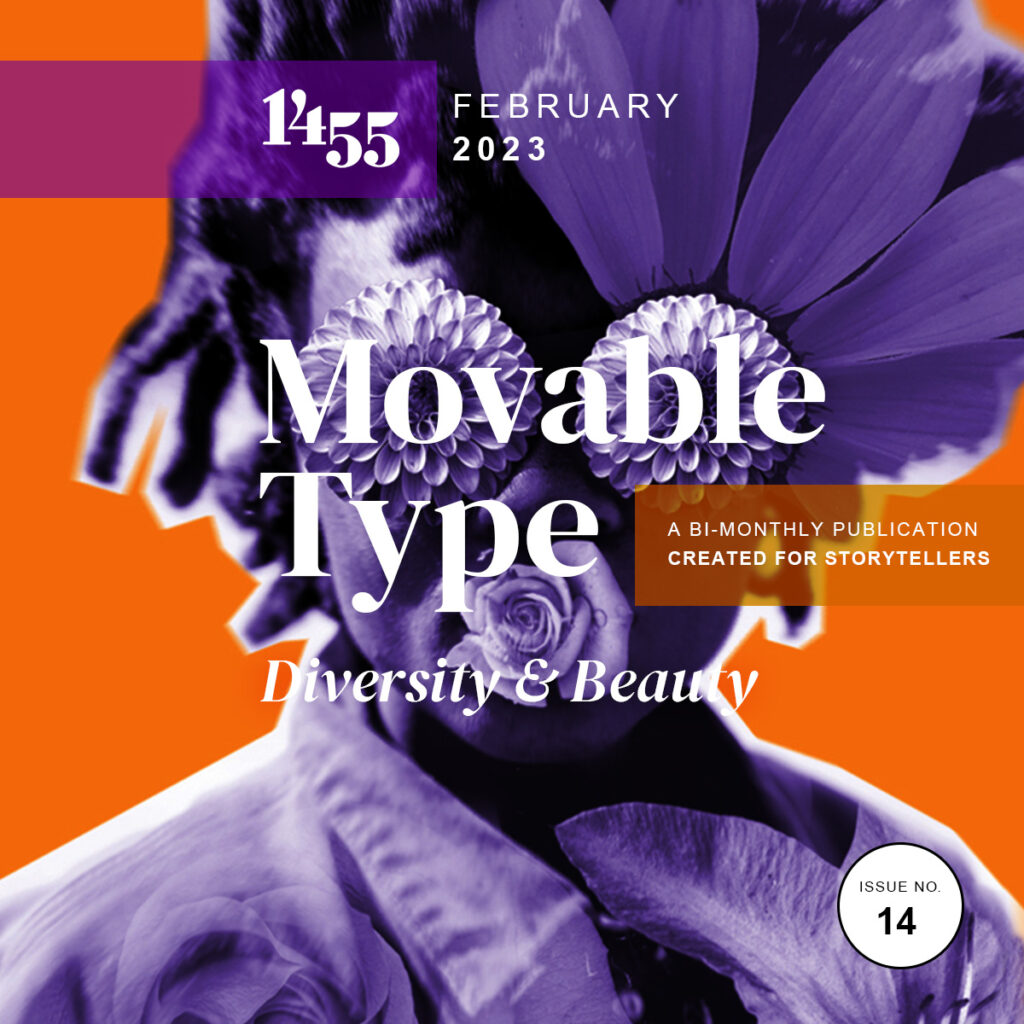
Excerpt from Issue 14’s Director’s Cut:
Beauty, it’s said, is in the eye of the beholder, which is at once a succinct and satisfactory definition of how we receive and respond to art. What’s worth celebrating, and why, is the impulse of criticism, and while it’s up to the writer to make a compelling case for the work in question, it’s the work itself that must survive time and trends.
But it’s not so simple, and never has been. Even ostensibly objective tastemakers are susceptible to the prevailing sentiments of their political and cultural milieus. Or, as the philosopher David Hume famously observed, “Beauty is no quality in things themselves: it exists merely in the mind which contemplates them; and each mind perceives a different beauty.”
Our contemporary notions of beauty have evolved and expanded, accordingly. Only more so, as the democratization of content—across all mediums—ensures we are seeing faces, places, and points of view that may have seemed exotic or else were silenced altogether, less than a quarter-century ago. This is all to the good, although we have the predictable (and ever-cynical) braying from the usual suspects. The white robes have, in some cases, changed to red hats, and the purveyors of “tradition” are extremely scripted and exorbitantly remunerated. Basically, same as it always was, except supersized and, against all probability, dumber and more backward than ever.
And even though our contemporary appreciation of what constitutes beauty, both literally and figuratively, is broader and more encompassing, it also complicates—as it should—our collective assessment of what we used to agree was great, in ostensibly simpler times. Here’s the thing: even if corrupted forces (mostly white and male) faced less resistance establishing things like curriculum and control of the narrative (via the literary canon and the WASP-y perspective that shaped entertainment, for starters), it’s important to note that our best art has always pushed back against the conventions and mores that sustain conformity and monotony.
The Great Gatsby, for instance, suffused with insufferable one percenters as it is, remains a peerless annihilation of unfettered capitalism (and the types of people it produces); Moby Dick—as many too intimidated to read it are unaware—is filled with a multi-racial cast that makes a winning case for autonomy and Democracy with a capital D. Of course, authors such as Hurston and Hughes, Ellison and Baldwin, Morrison and Harjo, and many, many others, have been revealing the fault lines behind the color line, illustrating that our world is better, smarter, and more humane when we listen to the lower frequencies.
Today we are, arguably, able to receive insight and wisdom, with less interference and fewer gatekeepers, even as the internet also ensures we must be vigilant about the ways disinformation and actual “fake news” is easily disseminated. How to keep up with the ceaseless churn of content? We can’t, and on balance this is a very good problem to have. Better, always, to revise and edit an unreadable work-in-progress as opposed to having received opinion doled out in small doses by the few and powerful.
1455’s unique value proposition involves harnessing this messy but viable potential, exposing important voices, inspiring awareness via educational, cultural, and social programs and events (and the rare opportunity to pull many of these things together, via our annual storytelling festivals and our evolving Moveable Feast initiative). All of which is to say, the need for personal narrative is as imperative and empowering as ever, and the ability to share these stories has never been more accessible, more possible. At 1455, we provide space for storytellers to connect, sharing resources to assist and inspire creatives anywhere, and everywhere. We bring together artists, educators, entrepreneurs, and enthusiasts, all with a passion to promote literacy and the literary arts—finding ways to engage in positive dialogue and opportunities to enrich, by all means necessary.
***
Hear contributors from Issue No. 14 read and discuss their work. Video (and bios of each contributor) below.
CALLING ALL CREATIVES: Movable Type Issue 15 will explore the annual theme(s) of “State of the Art” and we welcome submissions of poetry, prose, memoir, essay, visual art, music, and interview. Send pieces (or questions) to me at sean@1455litarts.org with a May 31 deadline.
Carlyn Montes De Oca is a multi-award winning author of Dog as My Doctor, Cat as My Nurse and Paws for the Good Stuff. She is an international speaker, animal-human health expert, and passionate animal advocate. She has been featured on ABC, CBS, NBC, and Woman’s Day Magazine. Her powerful TEDx talk is entitled – The Life-Changing Power of the Animal-Human Health Connection.
Liam Greenwell is a writer based in Mexico City and originally from Cambridge, Mass. He has written about topics as varied as bone sculptors, CAPTCHAs, and Anthony Bourdain for publications in print and online. You can read more of his work at liamgreenwell.com.
Sarah Birnbach embarked on her encore career as a non-fiction writer in 2015 after successful careers as a human resource management consultant and a licensed clinical social worker. As a sought-after motivational speaker, she has delivered over 500 presentations. She is a five-time award winner from the Soul-Making Keats Literary Competition, a program of the National League of American Pen Women, and a two-time award winner in Bethesda Magazine’s essay contest. Her stories have been published in numerous magazines and professional journals, as well as The Washington Jewish Week and The Jerusalem Post. Her debut memoir, A Daughter’s Kaddish: My Year of Grief, Devotion, and Healing was published by Wonderwell Press in September 2022. Sarah “Combating Racism” blog posts can be found on her website at www.sarahbirnbach.com. An active member of the Women’s National Book Association and the National Association of Memoir Writers, she lives in Rockville, Maryland.
Jeannine Ouellette’s memoir, The Part That Burns, was a 2021 Kirkus Best 100 Indie Book and a finalist for the Next Generation Indie Book Award in Women’s Literature, with starred reviews from Kirkus and Publishers Weekly. Her essays and fiction have appeared widely in literary journals including Masters Review, North American Review, Narrative, Los Angeles Review of Books, Ilinat Review, Tupelo Quarterly, Calyx, and more. She teaches writing at the University of Minnesota and through the Minnesota Prison Writing Workshop, Catapult, and Elephant Rock, a creative writing program she founded in 2012. She’s currently completing her first novel.
Hasib Hourani is a Lebanese-Palestinian writer, editor, arts worker, and educator living on unceded Wurundjeri Country. His practice disrupts expectations of place, archive, and the relationship between the two. Hasib is a 2020 recipient of The Wheeler Centre’s Next Chapter Scheme and his 2021 essay, ‘when we blink’ was shortlisted for The LIMINAL & Pantera Press Nonfiction prize and is published in their 2022 anthology, Against Disappearance. Hasib is currently working on a book of poetry about suffocation and the occupation of Palestine. You can find his work in Meanjin, Overland, and Going Down Swinging, among others.
Dr. Adrienne Christian is a Writer and Photographer who teaches Writing and Photography online. She is the author of two poetry books: Worn (2021), and A Proper Lover (2017). WORN was one of the Rumpus’ Most Anticipated Books of 2021. Adrienne’s poetry has been featured in Hayden’s Ferry Review, World Literature Today, American Life in Poetry, and others. Her nonfiction has been featured in, BUST, Next Avenue, phoebe, and more. In 2020, Adrienne earned her PhD in English with a concentration in Creative Writing from the University of Nebraska. In 2011, she earned her MFA in English with a concentration in Contemporary Poetics from Pacific University. In 2020, Adrienne was nominated for two Pushcart Prizes. Also in 2020, she won the Common Ground poetry award. In 2016, she was a finalist for the Rita Dove International Poetry Award. In 2007, she won the University of Michigan’s Five Under Five Ten Young Alumni Recognition Award.
Sweta Srivastava Vikram is an international speaker, best-selling author of 13 books, and Ayurveda and wellness coach who is committed to helping people thrive on their own terms. Her latest book, “A Piece of Peace,” (Modern History press) was released in September 2021. As a trusted source on health and wellness, most recently appearing on NBC and Radio Lifeforce and in a documentary with Dr. Deepak Chopra, Sweta has dedicated her career to writing about and teaching a more holistic approach to creativity, productivity, health, and nutrition. Her work has appeared in The New York Times and other publications across nine countries on three continents. Sweta is getting a doctorate degree in Ayurveda, is a certified Ayurveda health coach, and holds a Master’s in Strategic Communications from Columbia University. Voted as “One of the Most Influential Asians of Our Times” and winner of the “Voices of the Year” award (past recipients have been Chelsea Clinton), she lives in New York City with her husband and works with clients across the globe. She also teaches yoga, meditation, and mindfulness to survivors of sexual assault and domestic violence as well incarcerated men and women.
John Todd started his creative journey in high school teaching himself how to code, build, and design websites; from there, his curiosity grew into print and digital graphics. Enamored by the beauty of the design process, he pursued a Bachelor of Fine Arts in Art & Design at Frostburg State University. Today, he expresses his creativity through a variety of digital and print mediums. In addition to design, he loves gardening, photography, and supporting Black queer and trans visual artists through his Hues of Seven platform.
Justen Ahren is a photographer, poet, and teacher. He leads Devotion to Writing workshops all over the world. The next Devotion to Writing Retreat in Italy is November 15-21, 2023 in Orvieto.

